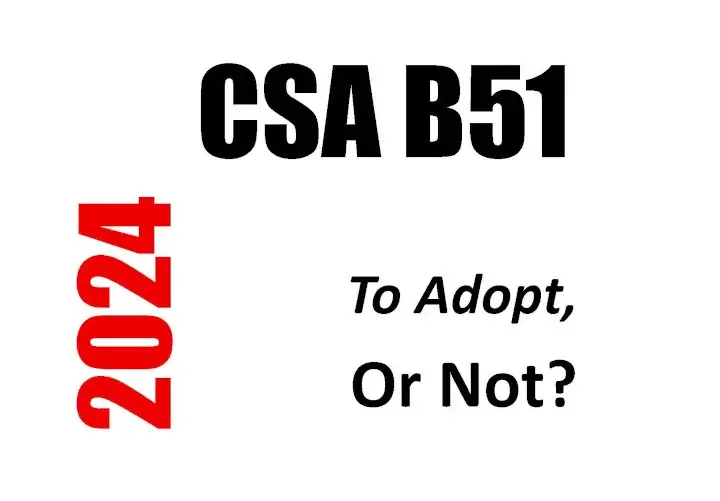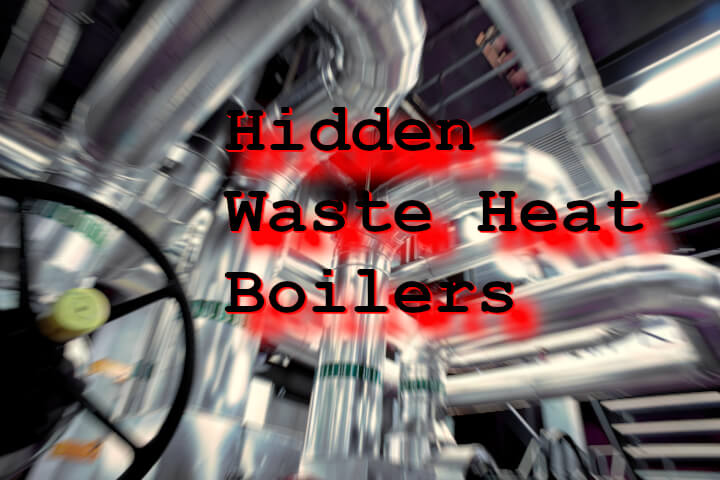In this space, some questions posed by customers and industry are published in case others have similar questions. Anonymity is preserved. Check back for updates and new correspondence.
Dear Cammar,
I read your article about harmonizing the CRN process, in which it is stated that we need CRN’s. I am puzzled about the benefit to the general public safety of this process for fittings, seeing that this is only practiced in Canada. How do we compete with countries that don’t have CRN process? How can we claim to have a higher standard of safety, when the rest of the world manages quite fine without CRNs for fittings? How do we produce a compliant design when equipment is available but without a CRN that the manufacturer does not see the need to apply for and register their product?
I look forward to hearing from you.
Concerned Ontarian
Dear Concerned Ontarian,
Thanks for your email.
Governments in Canada deem the CRN process worthwhile and pursuant to public safety, given that CSA B51 is referred to in Canadian legislation. CSA B51 helps to ensure through third party oversight that pressure equipment is designed, built and tested to codes and referenced standards that have, through careful collective deliberation, been written to help ensure public safety by using adequate safety margins and other considerations.
These codes and standards are adopted by legislation and stipulate minimum requirements. In some foreign locales where CRNs are not required, designs do not always meet minimum code and referenced standard design philosophies. And when they do not, designs are therefore less safe than those that do.
In Canada, pressure equipment designs meeting legislated requirements are competitive and registerable.
Public safety is, I’m sure you would agree, of paramount importance.




